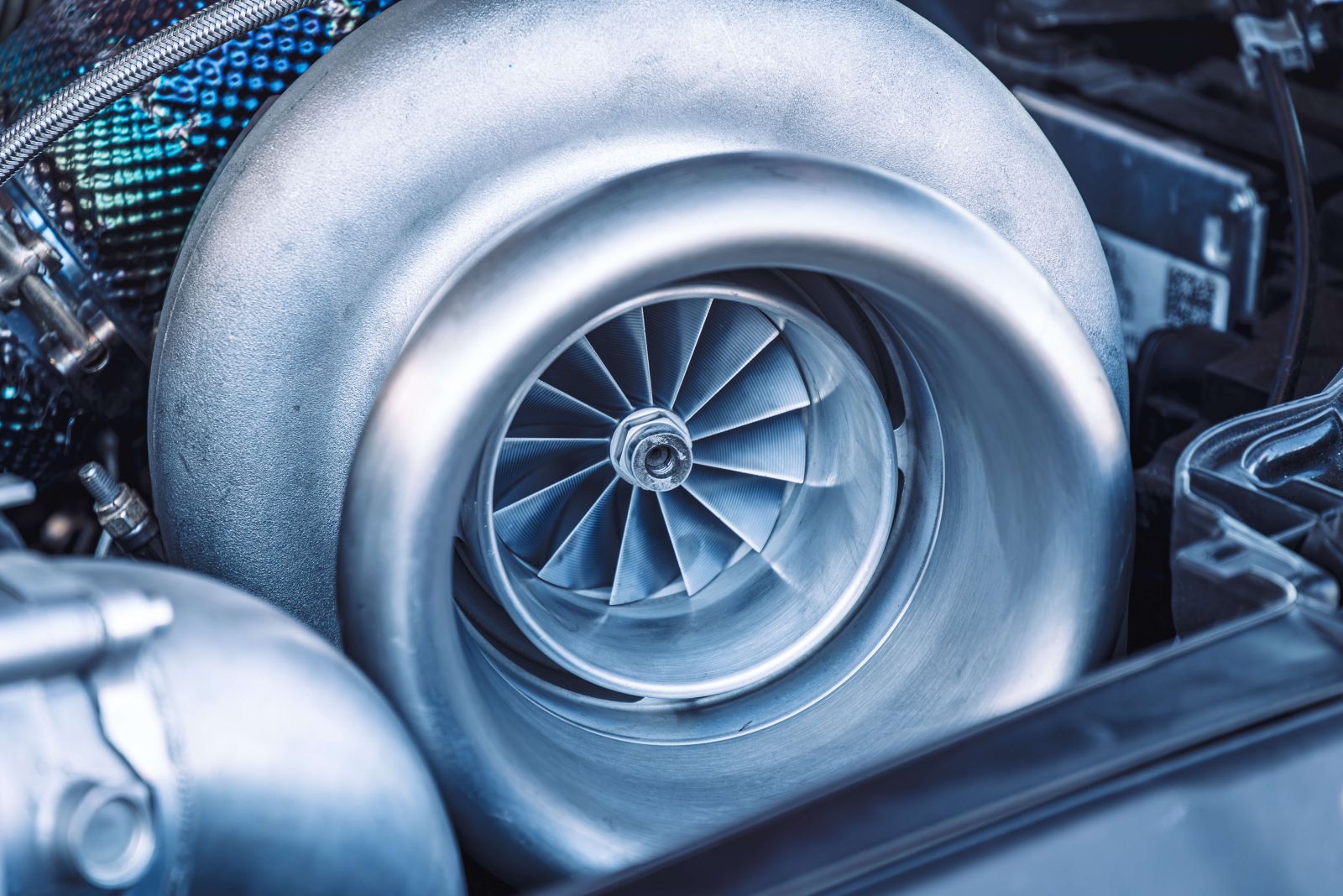Performance Fuels

Fueling Your Boosted Engine
- Category:
- Fuel Facts
by Grassroots Motorsports
Posted on 7/25/2024

Science Fact No. 1: Boost brings the heat. Okay, most of us here know that. It’s why forced induction is usually paired with an intercooler.
Science Fact No. 2: Ethanol has a cooling effect as it evaporates. If you pour some alcohol on your skin, you can actually feel that cooling sensation. Same goes for the ethanol in fuel, too. See where we’re going here? Like a mechanical intercooler, an ethanol-blended fuel can help lower the air/fuel charge’s temperature.
Science Fact No. 3: Race fuels are more consistently formulated. The sign at the local station might say that the fuel contains up to 10 percent ethanol, but how do you know the actual figure? Street fuels are constantly reblended depending on the season and other factors. If you tuned your engine on a certain fuel, you probably want to remove that potential variable at the track.
Science Fact No. 4: Ethanol fuels burn quickly. This makes smaller displacement, high rpm engines happy.
Science Fact No. 5: Higher octane allows for more boost. The same octane that prevents preignition and knock in high-compression, normally aspirated engines is especially important in highly boosted engines.
Science Fact No. 6: Ethanol needs more volume. If you’re making the switch from pump fuel to E85, figure that you’ll need about 40 percent more fuel, meaning bigger injectors and, likely, a higher-volume fuel pump.
Scientific Conclusion: What does all of this science mean? A forced induction engine making a lot of boost can take advantage of a high-octane, high-ethanol fuel like E85. And if, for whatever reason, you’d rather not run a fuel containing a lot of ethanol, at least look for one containing a high-octane number.
